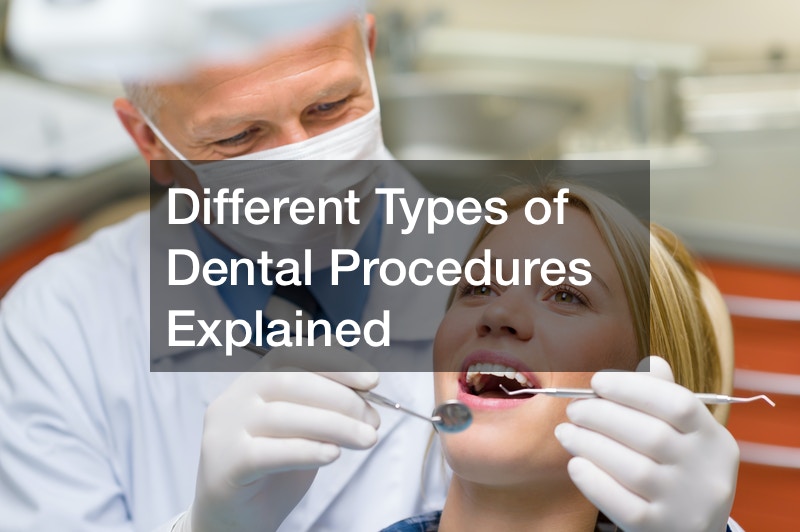Image Source: https://seadhin.org/different-types-dental-procedures-explained/
Different Types of Dental Procedures Explained Séadhin
Lingual Braces: They are attached behind your teeth and can only be seen in the mirror of your mouth. The self-ligating brackets of the future offer a unique dental treatment that only requires one clamping. The brackets use clips to keep the tooth and an O-ring that is made of rubber to secure it. Although lingual braces are an excellent cosmetic choice for most people but they may be much more expensive than regular braces that are made of metal. Ceramic braces Invisalign aligners, and various other kinds of invisible braces are also readily available. Self-Ligating Brackets These use a clip instead of a screw and rubber O-rings to keep the archwire in position against each tooth. Once the wire is beginning to move two teeth away, you tighten the clip-on bracket to resist and prevent the wire from moving. Ceramic (Cerinate-Bolster) Brackets They may be made from plastic or porcelain, but they still require to be cleaned just like metal braces. They operate in the exact way as conventional metal braces. The brackets have an archwire that runs behind each bracket and provides gentle pressure to keep your teeth into the ideal location. Invisalign: Clear aligners can be placed on top of your teeth. They are more costly than conventional braces since they don't require you to attach or bond the teeth with metal. They are replaced each two weeks -- approximately twelve times per year- depending on how quickly your teeth change (the average is one-quarter inch each month). Patients continue to eat, brush and eat their natural teeth like they normally would. Gradual (Fixed-Length) Disposable Appliances: They are made up of several small stainless steel and plastic devices and fit inside the mouth piece by piece. The amount and the sequence of these depend on how many teeth are required to move. Modern removable appliances are less heavy and more compact. .
